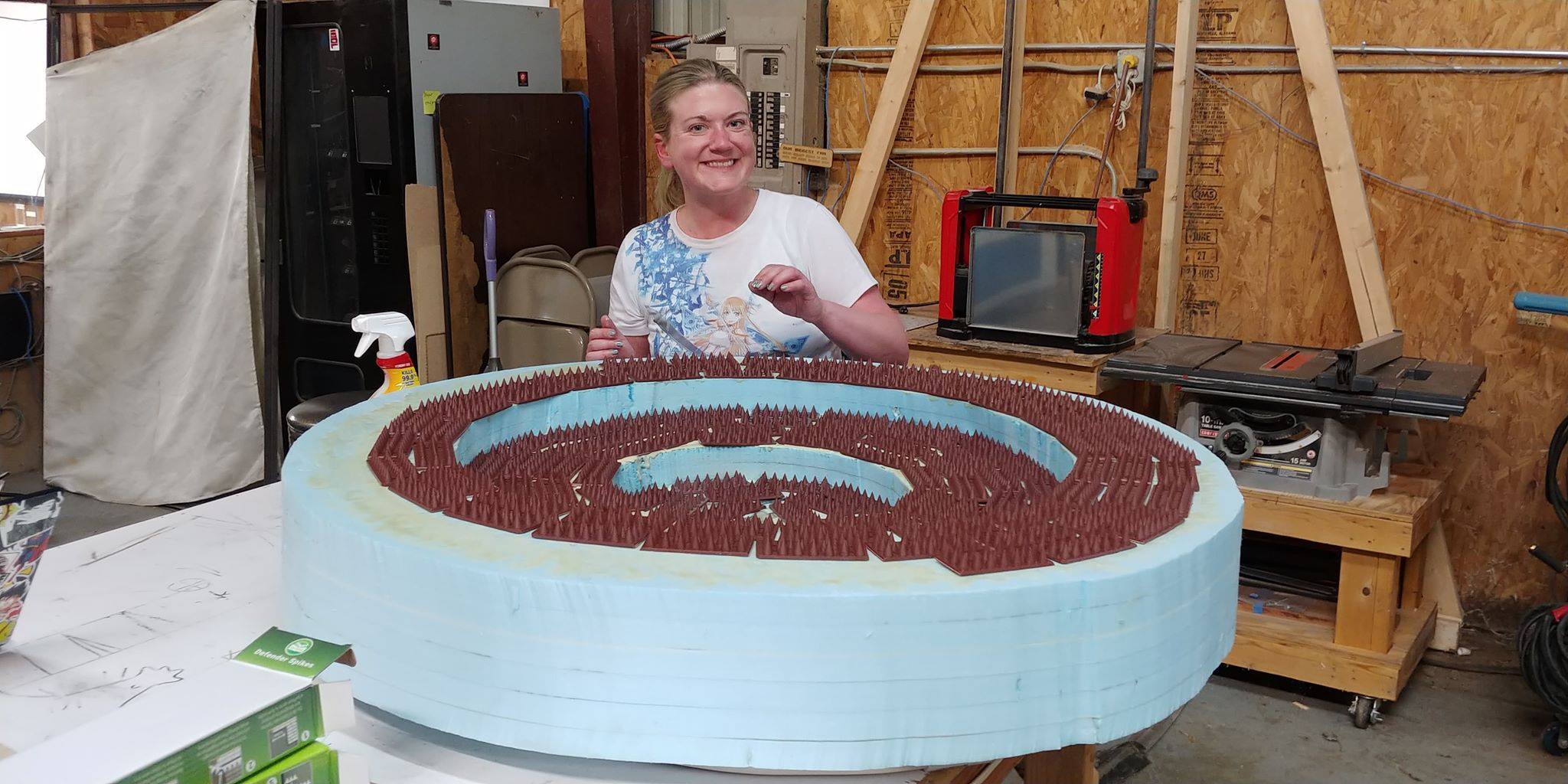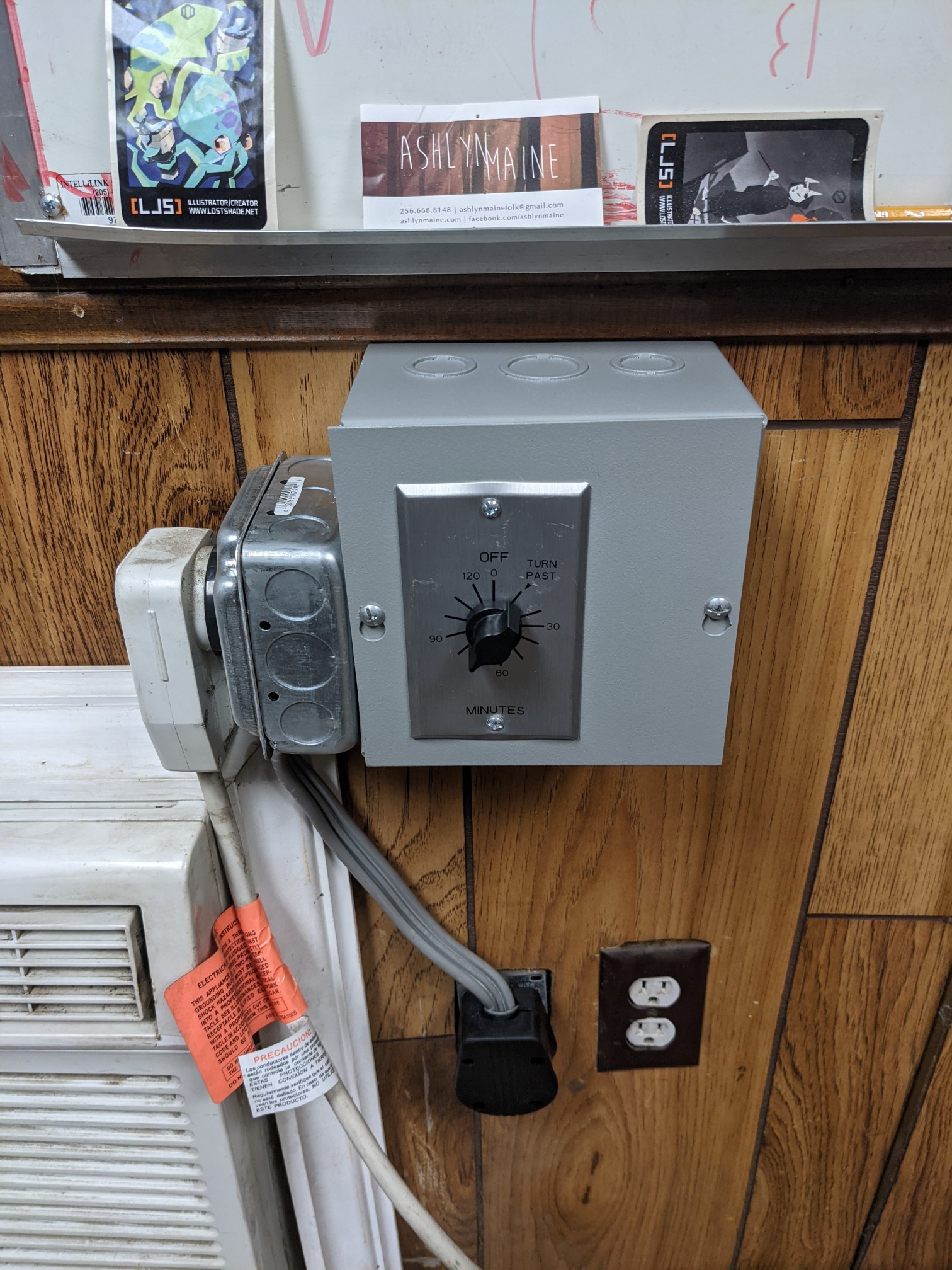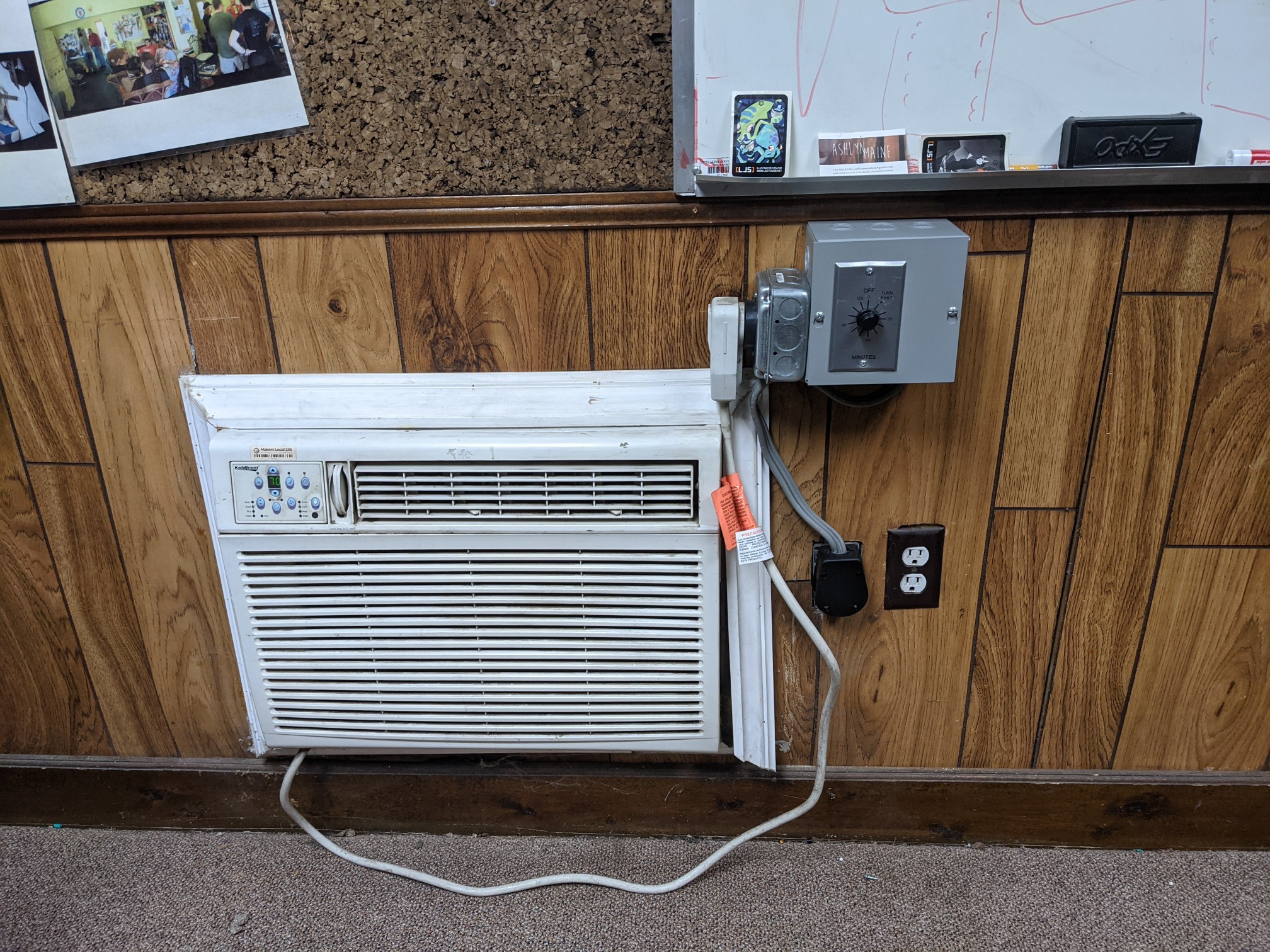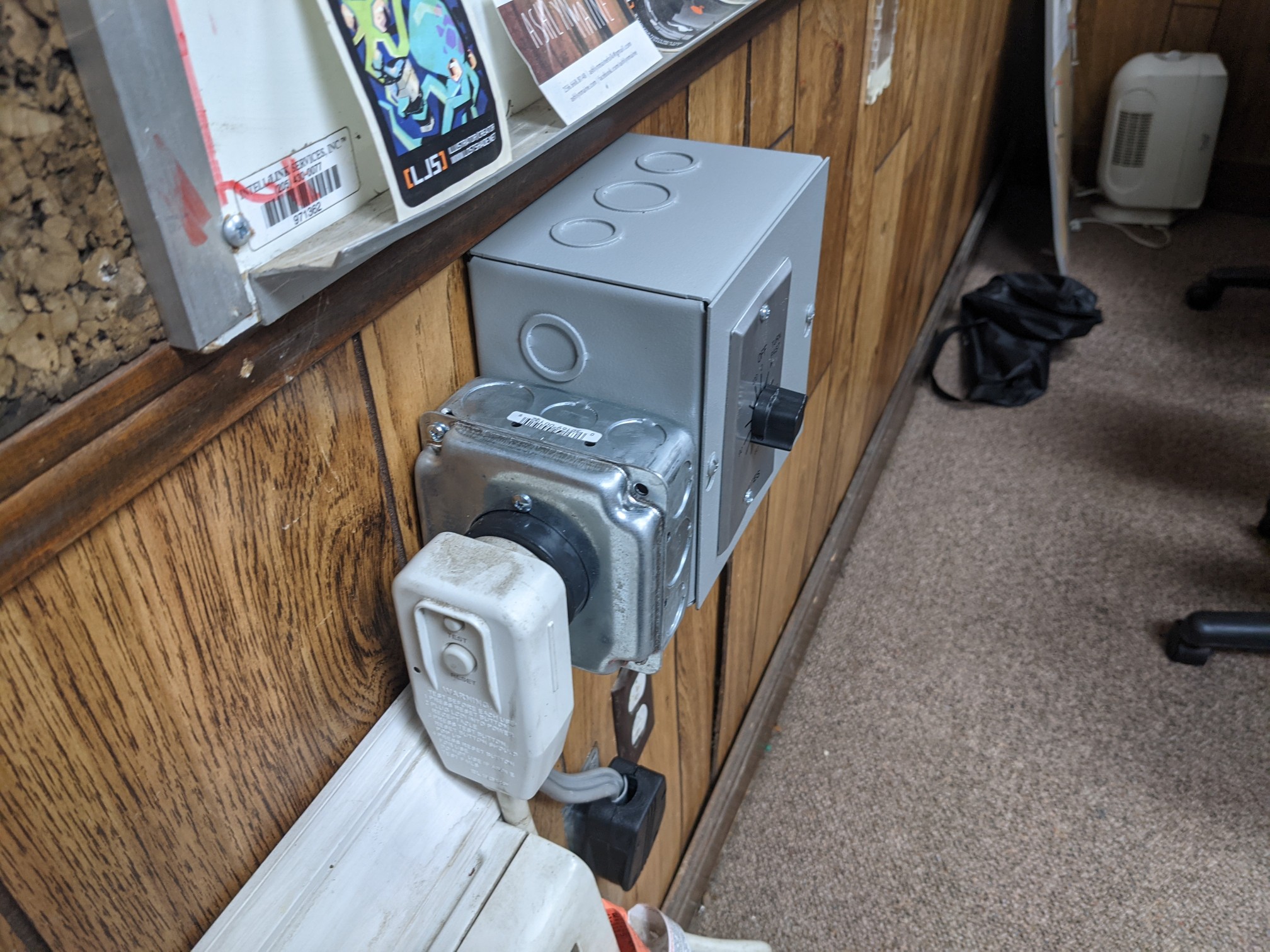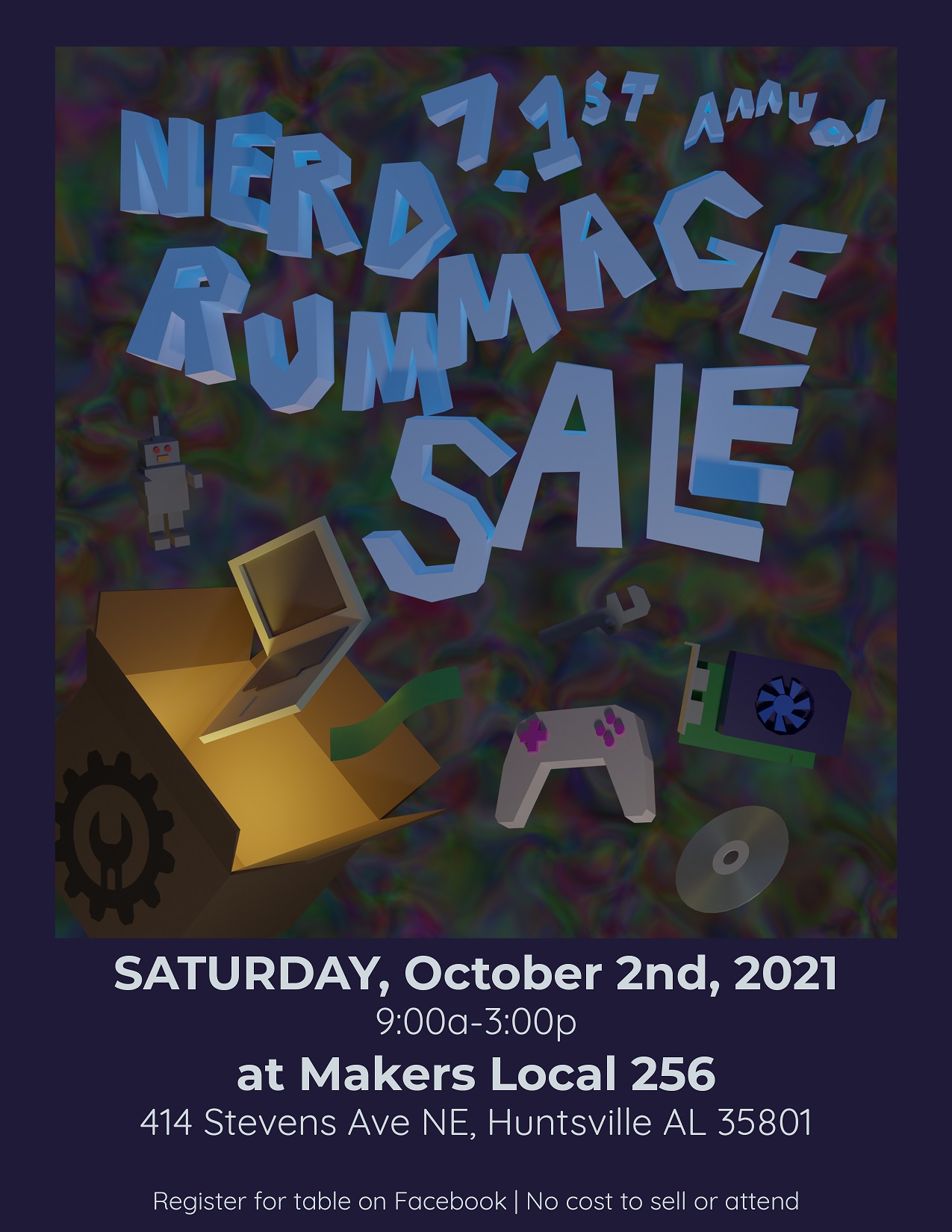Bless the Maker
Bless the Maker and his water!
In conjunction with Cinemark and Bridge Street to kick off the premiere of Dune in theatres, members of Makers Local 256 will be marching a 45 ft long Sandworm on October 22, 2021 at the times of 6:15PM and 7:30PM.
This huge project was built over the span of six months by Michele Cotten, her husband, Jeff, and several makers/friends of Makers Local 256. The sandworm was designed and implemented by Michele at Jeff’s request. As an avid cosplayer, Michele asked him, “Honey, I make a lot of cosplays. Can I make one for you?” Of course, he wanted a sandworm in the style of a Chinese Dragon!!
The sandworm and its handlers, calling themselves the Huntsville Fremen, have marched at Dragon Con in Atlanta and in Huntsville at the 2019 Christmas parade. They are eager to march for the Dune premiere at Bridge Street!
This exhibition is free to come watch! Fun for all ages!


